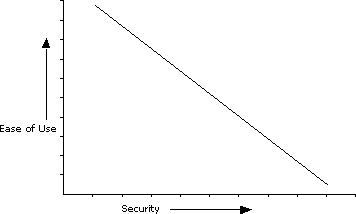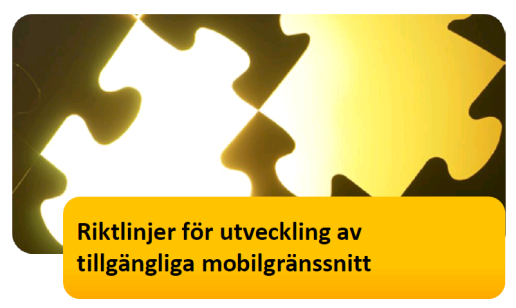Recently I found an interesting journal article titled Human Factors (HF): Multimodal interaction, communication and navigation guidelines. It has defined a set of metaprinciples and design principles for multimodal systems. For elaboration and examples of these see page 17-21 in the document.
Metaprinciples
- Use multimodal presentation of information to allow users with different preferences and abilities to interpret data in their preferred way.
- Use multimodal interpretation to allow users to interact with a system following their individual preferences and suited to their special needs.
Design principles
- The range of available modalities should be offered in the different modalities.
- It should be possible to choose different presentations modalities using any of the available interaction modalities.
- Individual modalities should be activated optionally.
- Individual modalities should be scalable by the user.
- Completeness of functionality/controls should be ensured in all available modalities.
- Modalities should only be switched at logically sensible situations in the dialogue.
- The user-specific modality setting should persist.
- Adequate prompts should be offered in the chosen modality.
- The same information should be expressed in different modalities.
- The same style should be expressed in different modalities.
- Dialogues should be aesthetically consistent in each and every modality.
- Multimodality should not be stigmatizing.







